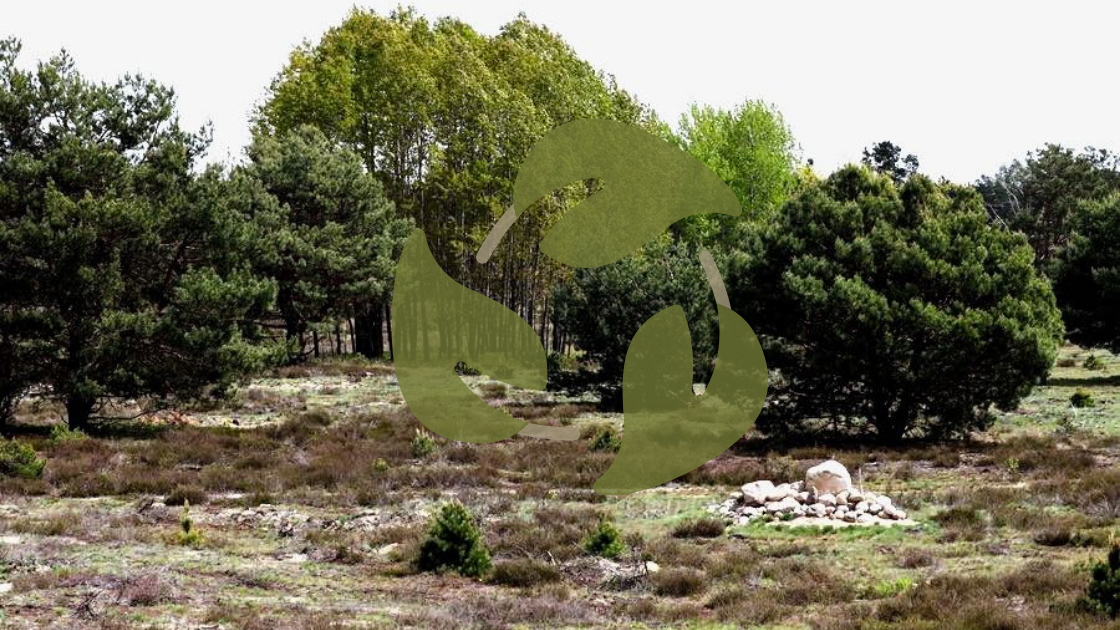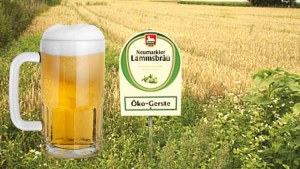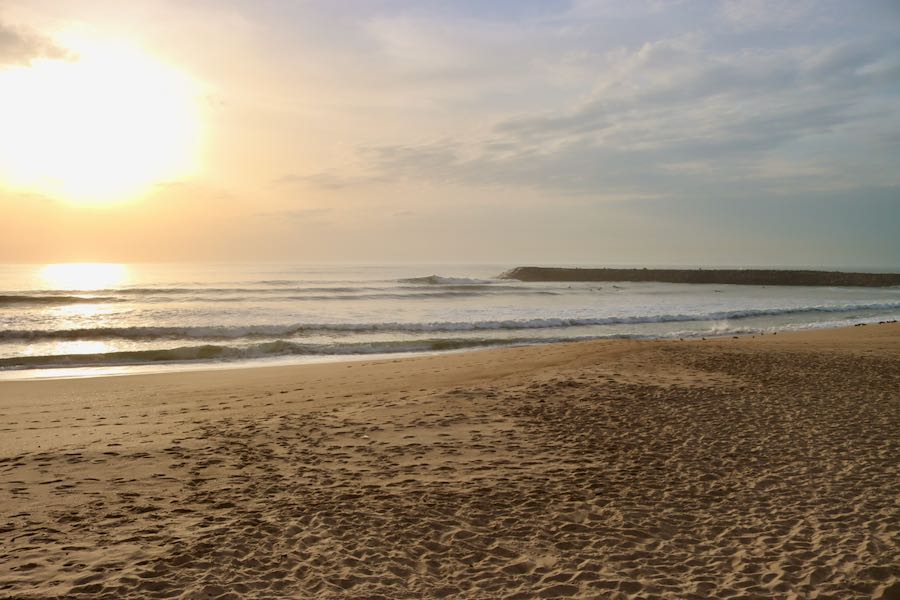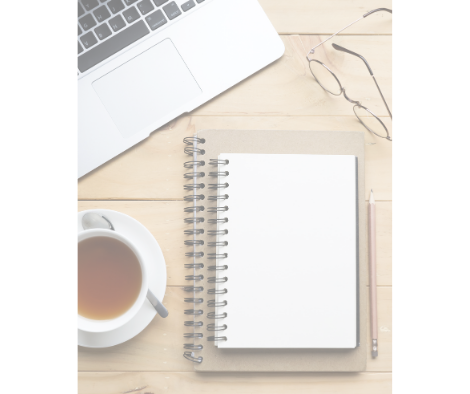Biodegradable products are gaining consumers’ attention every day. This is because the awareness of the world population has grown for the conservation of the environment.
Biodegradable products are those that break down in natural elements. Technically, almost everything is biodegradable, although it takes hundreds of thousands of years for most things to biodegrade.
For this reason, it is important to use sustainable and biodegradable materials. That is, those composed of organic elements that break down in a short time in the environment.
What are biodegradable products and how important are they for the environment?
Biodegradable is something that breaks down naturally in the environment without causing any harm. This means that they are most easily degraded by biological action.
Simply put: by the activity of bacteria.
In addition to a quick decomposition, to be classified as biodegradable, they cannot generate polluting residues that accumulate in nature.
In this context, they are indispensable for the maintenance of the biosphere in perfect functioning. That is, they help to allow life as we know it today to continue existing.
But how can we change our lifestyles? How to live more sustainably? How can we stop littering the planet with the garbage that does not decompose and replace it with biodegradable products in our daily lives?
See 7 practical examples.
1. Prefer biodegradable cleaning products
You may ask: “Really? I’m going to need to change my favourite cleaning products? But I love their smell so much!”
Yes, you will need to change everything!
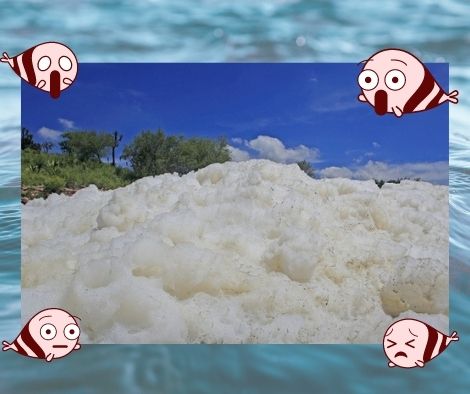
This is because non-ecological cleaning products, i.e. those that are not biodegradable, give rise to the scary thing that is the very dense white foam that accumulates in ponds, rivers and seas. The biggest problem with this type of foam is that it prevents oxygen from entering the water, which causes the death of fish, birds, and other species that depend on this habitat.
Common soaps and detergents use substances known as surfactants. These serve to remove dirt more easily.
Detergents and cleaning products of natural origin, on the other hand, do not have this heavy chemistry, so they do not produce the dreaded whitish foam that harms ecosystems.
Therefore, biodegradable cleaning products are those that are easily absorbed by nature, so they do not harm the environment so much. This is because they are oxidized naturally.
Experimente este produto biodegradável de formulação natural, vegano e
hipoalergênico.
Limpa e desengordura sem agredir a natureza.
2. Stop using plastic straws!
They look so innocent, but the environmental impact of using plastic straws is heartbreaking.
This is because it represents 4% of all plastic waste in the world, and because it is made of polypropylene and polystyrene (plastics), it is not biodegradable and can take up to a thousand years to decompose in the environment!
The production of the plastic straw contributes to the consumption of oil, a non-renewable source; and its usage time is very short – about four minutes. But what four minutes for us equal hundreds of years of pollution for the environment.
Present on beaches, the plastic straw is also the source of microplastic formation, the most harmful form of plastic, which is already present in food, salt, organisms, and even drinking water around the world.
And it’s no use using a plastic straw, throwing it in the trash and thinking that everything is fine. Even if disposed of correctly, and taken to legal landfills, the straw can escape by the action of the wind (mainly because it is light) and be carried by rain to the seas and rivers, impacting all aquatic fauna. It is estimated that 90% of marine species have ingested plastic products at some point.
Get to know some models of biodegradable straws here.
Canudos de Papel Biodegradável Coloridos 100 Unidades
Alternatives for plastic straws
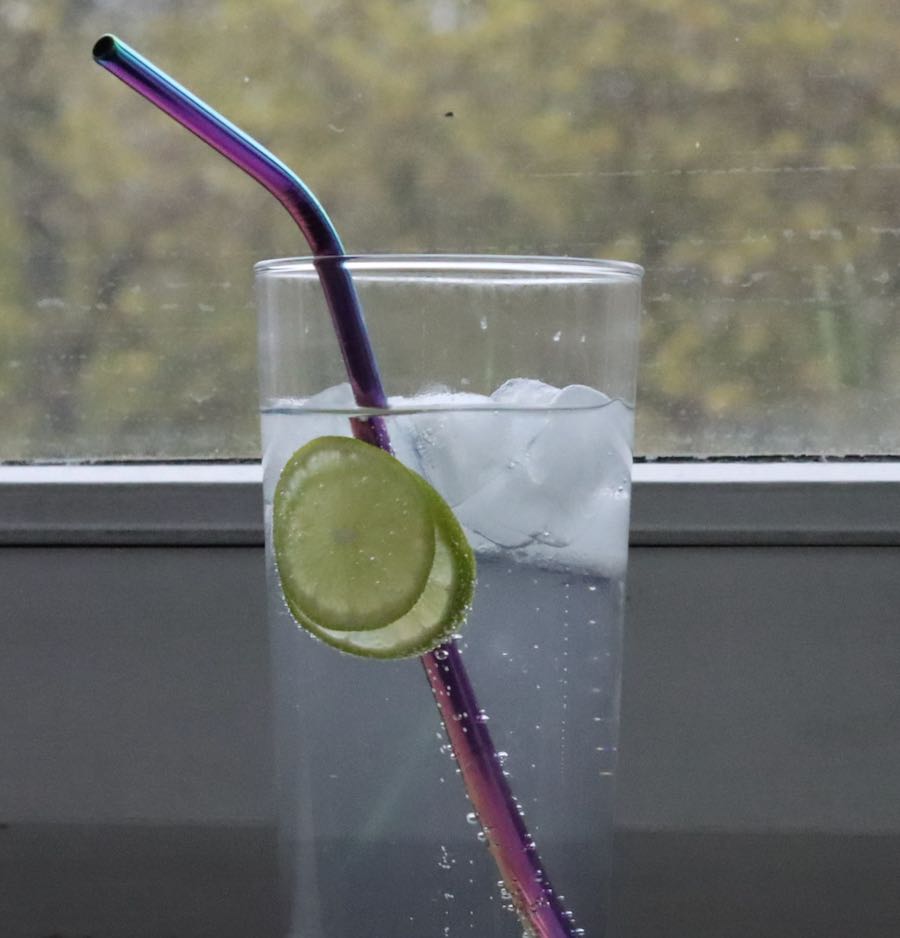
Paper straws – they biodegrade more easily. However, even if they are biodegradable, paper straws also use natural resources for their production, and because they are designed to be disposable, after use they become a source of pollution until they are completely biodegraded.
Glass straws – They are not biodegradable, but recyclable. Furthermore, they are portable, durable, and elegant.
Metal straws – are stylish and can be made of stainless steel, surgical steel, and aluminium. Like this one in the photo, it will probably have a longer life span than mine.
Bamboo straw – is an advantageous alternative because it comes from a renewable source. It is reusable, washable, natural, and lightweight.
3. Clothes: Everybody looks good in green!
I hope you get my little joke!
Few of us consider how our fashion choices can affect the environment, but it’s worth remembering that synthetic fabrics like polyester and lycra can take centuries to degrade. But it’s not just the visible waste of these clothes that is of concern. As they degrade, the fabrics release greenhouse gases that can further harm the environment.
The good news is that many textile companies are investing more in fabrics that can safely degrade.
Biodegradable fabric can be made from natural raw materials or from natural-based man-made fibers, such as those made from cellulose. Today there is also the synthetic biodegradable fiber, which is chemically altered to break down faster. The difference between these options and a common textile material is the much shorter degradation time. That is a few weeks.
Attention: for a fabric to be considered biodegradable, it must pass through certifications that prove these necessary prerequisites.
Read more here about sustainable fashion.
4. Biodegradable Sunscreen: Keeping You and the Oceans Safe
We all know the importance of wearing sunscreen, but did you know that the sunscreen you use may be harming the environment? When we swim in the ocean, the chemicals in the sunscreen we use can disrupt underwater ecosystems, especially coral reefs.
In recent years, many tropical destinations such as Mexico and Hawaii are requiring people to switch to biodegradable sunscreens. Visitors are being encouraged to use natural, mineral-based sunscreens made of zinc oxide and titanium dioxide because they degrade naturally in water and pose no threat to wildlife.
5. Bamboo toothbrush
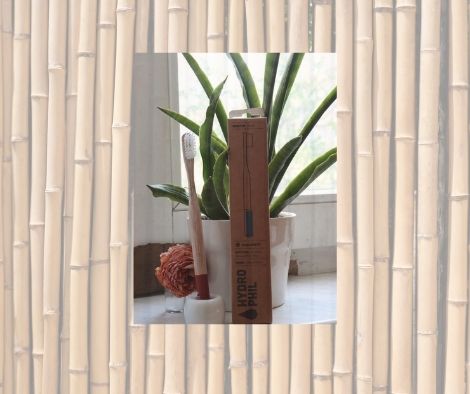
The bamboo toothbrush is a healthy, sustainable choice that is in line with the environmental consciousness we all seek.
I have actually been using it for some time now and I love it! It has soft bristles that, because they are treated with antibacterial charcoal, do not allow fungus or bacteria to proliferate. The handle is made of 100% biodegradable natural bamboo.
What’s more, it is a vegan product, with no animal ingredients in its composition.
They are generally not tested on animals and are free of plastic, BPA, and artificial dyes.
It does not pollute the environment when discarded, as it takes only 3 years to decompose.
6. Cork: one of nature's most versatile and beautiful biodegradable products
Cork is a 100% natural plant tissue. It is extracted from the cork oak, a tree whose bark regenerates every 10 years. Its environmental advantages are many. For this reason, we can say that cork is green. That is, natural, renewable, reusable, 100% biodegradable and recyclable.
In the past cork was only used for corks and floor covering but nowadays, with innovation, creativity and design, it has become a trend. The material is used in civil construction for the production of linings and coverings. Its application can be done both indoors and outdoors. This is because cork combats climate changes. By the way, for these reasons and also because it prevents oxygen from entering the bottle, it is used in wine cork stoppers.
Besides being renewable and recyclable, cork is light and has great insulating power.
7. When you need plastic, make sure it is biodegradable
Plastic shopping bags, no way! I believe this has already been left there in a shameful chapter of the past, right?
But for organic waste and to pick up your four-legged friend’s poop, for example, use biodegradable plastic.
Normal plastic is the environment’s worst enemy. And not only that. Some of its compounds alter hormones or have other potential effects on human health. Plastic debris, laced with chemicals and often ingested by marine animals, can injure or poison wildlife.
Plastic buried in landfills can leach harmful chemicals that spread to groundwater.
By contrast, biodegradable plastics are plastics that can be broken down by the action of living organisms, usually microbes, into water, carbon dioxide, and biomass.
This is because they are usually made from renewable raw materials, microorganisms, petrochemicals, or combinations of the three.
Although the words “bioplastic” and “biodegradable plastic” are similar, they are not synonymous. Not all bioplastics (plastics derived partly or entirely from biomass) are biodegradable.
Is everything biodegradable compostable?
Pay attention to this detail when buying a biodegradable product!
Here in Germany, for example, according to the EU standard, however, packaging can only be called “biodegradable” if 90% of the degradation occurs within six months. These organic substances are called compostable which are turned into fertilizer in the composting process.
I hope I have helped you! If you have more ideas and tips, leave your comment, as it will help more people.
Read the sustainable lifestyle manifesto!

